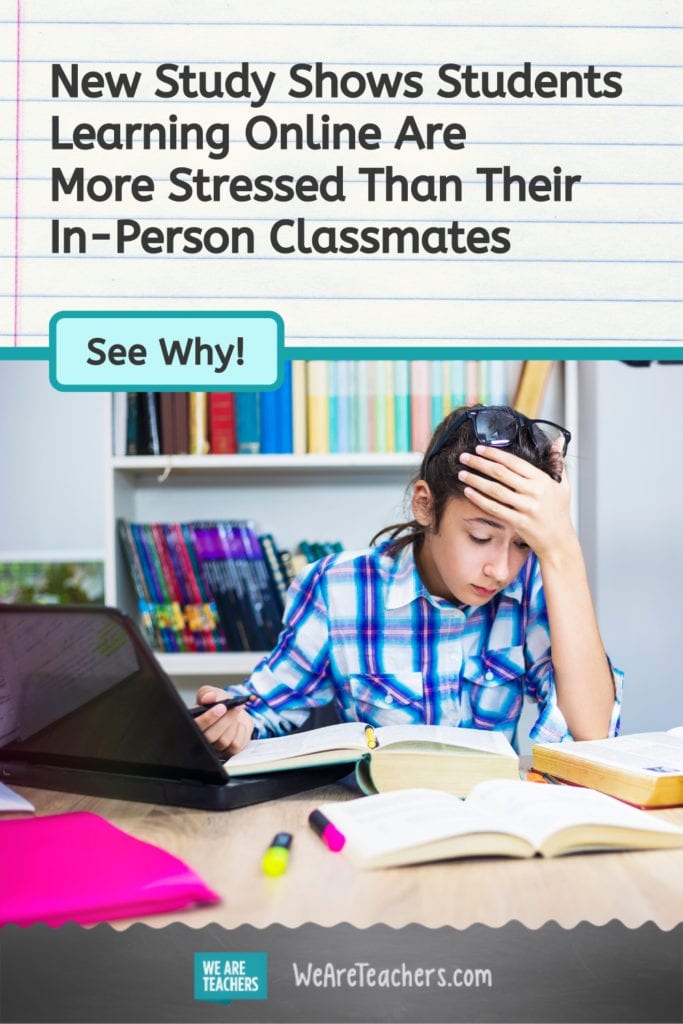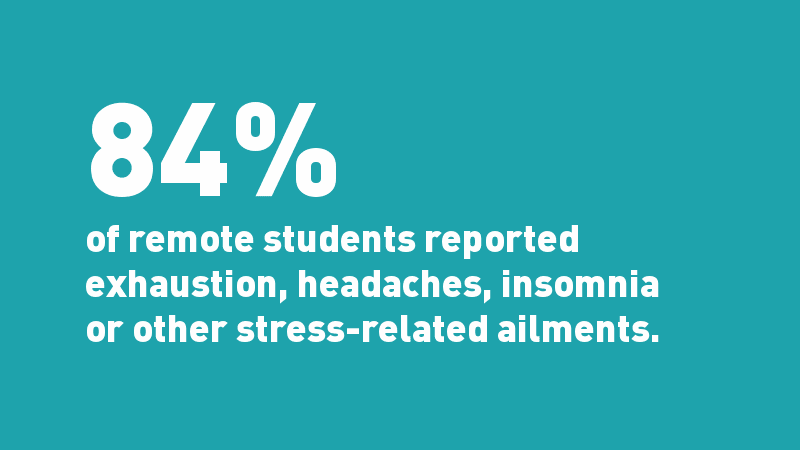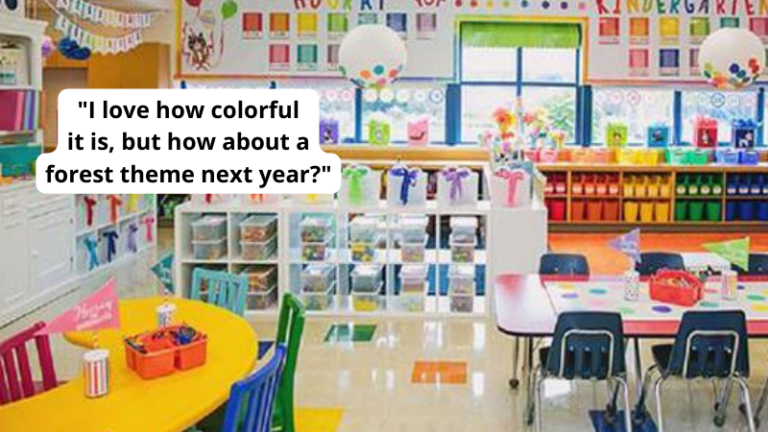As teachers, we already know how hard this year has been. But now new research confirms it. A new study gives us the first insight into students’ pandemic learning experiences. The biggest finding? Students learning online are more stressed than their in-person classmates. We asked teachers in our WeAreTeachers HELPLINE Facebook group if they agreed.
The Study Findings
Last Fall, NBC News and Challenge Success, surveyed more than 10,000 students in 12 U.S. high schools, and they released their findings this week. The survey found that students who spent time learning in person were less stressed and worried than their peers learning online. Other key findings included:
- 84 percent of remote students reported exhaustion, headaches, insomnia, or other stress-related ailments.
- 56.4 percent of all students reported that their stress levels have increased since the pandemic.
- 35.7 percent of all students reported that they are engaged with school.
- 49.5 percent of remote learners reported that a steady internet connection is their biggest challenge while completing schoolwork.
- 41 percent of all students reported that they’ve never had a teacher or school staff member ask how they are doing.
[contextly_auto_sidebar]
What teachers are saying:
It’s clear from this data that regardless of how they are learning, students are stressed and not as engaged this year. The survey focused on students. We were curious to hear directly from teachers. Are they noticing that the students learning online are having more difficulty than students in person, or are the challenges just different? Here’s what they had to say.
Motivation is challenging for remote learners
“I am bending over backwards to make sure kids succeed, but there isn’t a lot I can do when they are learning from home and lack both motivation and adult supervision. I get it. Their parents are busy. The whole thing is just a sad situation. Can’t wait to return to normal.” —Maureen
“My virtual students are definitely struggling more than my f2f. I held a mandatory meet and only 1 out of 40 showed up.” —Sayward
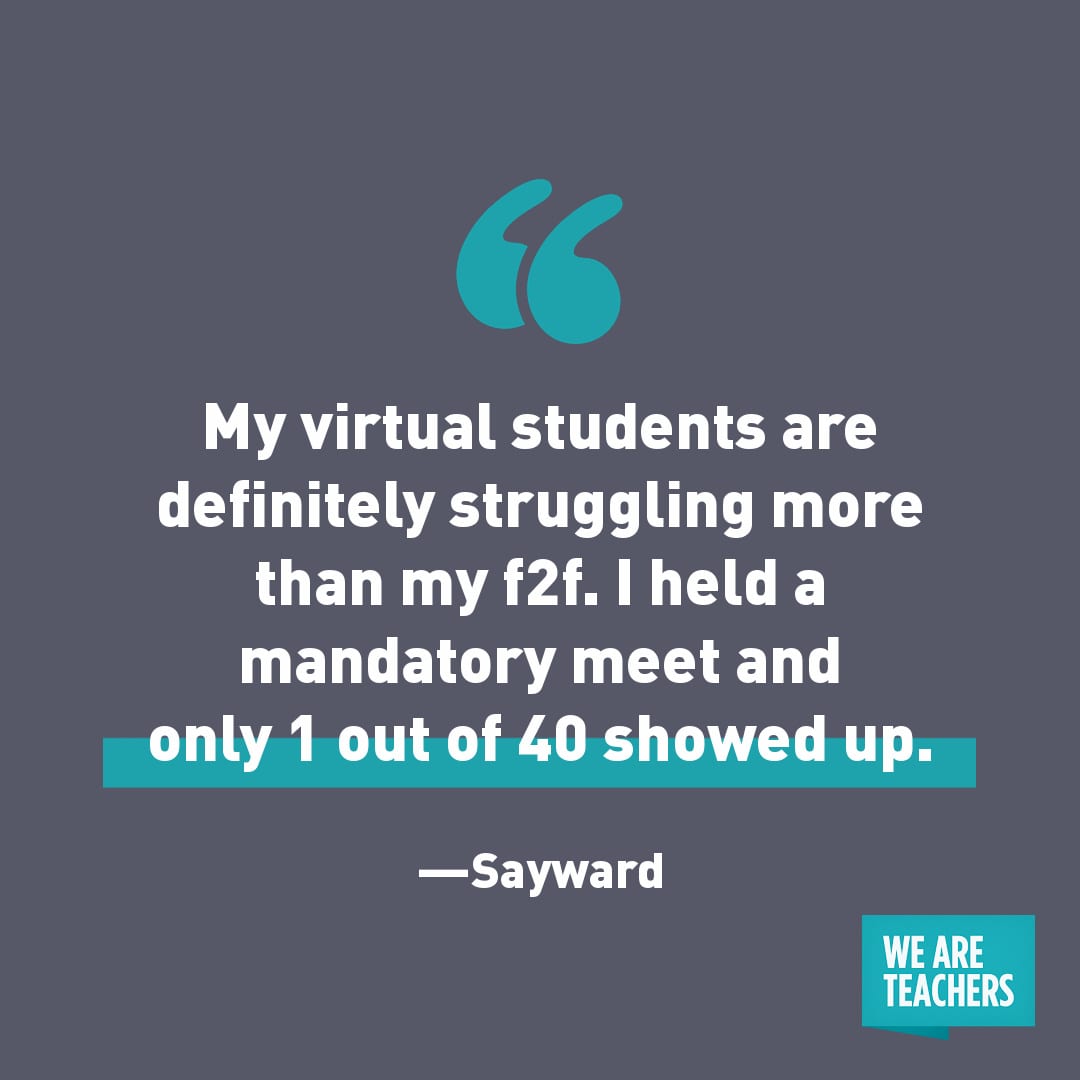
“They really struggle to understand the math concepts online and stay focused without teacher proximity. Then they get frustrated and disengage.” —Jamie
Engagement is harder across a screen
“They miss the interaction and in-person activities; it’s just not the same at home sitting behind a computer.” —Michelle
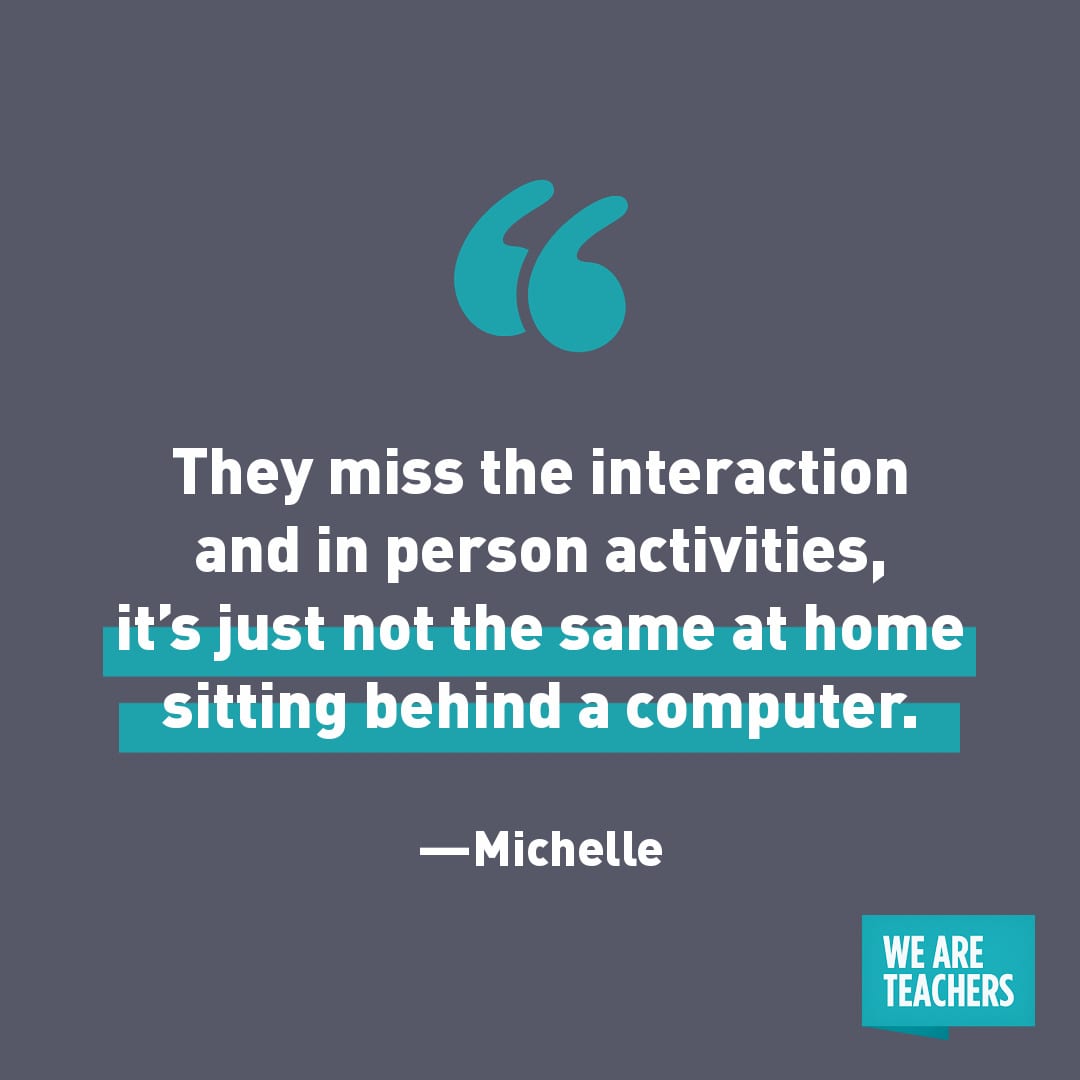
“Remote is horrible, especially in districts like ours where it’s the only option. These kids didn’t choose to stare at a screen all day. It’s not engaging and does not encourage kids to ask questions or build relationships.” —Cindy
“The at-home students are both bored and also do miss out on attention from the teacher.” —Teresa
So much depends on the individual and circumstances
“This depends so much on the student self-motivation. I teach seventh grade science. My three highest flyers have been fully remote since we started school in September and plan to continue till it is no longer an option. But they are also a few full remote students who are having a lot of difficulties.” —Kendra
“The kids who have the most struggles are the kids who flip back and forth nearly day to day either by choice or by repeated quarantines. They just can’t get into a rhythm and end up so far behind. When you’re constantly doing late work, you never get current.” —Chris
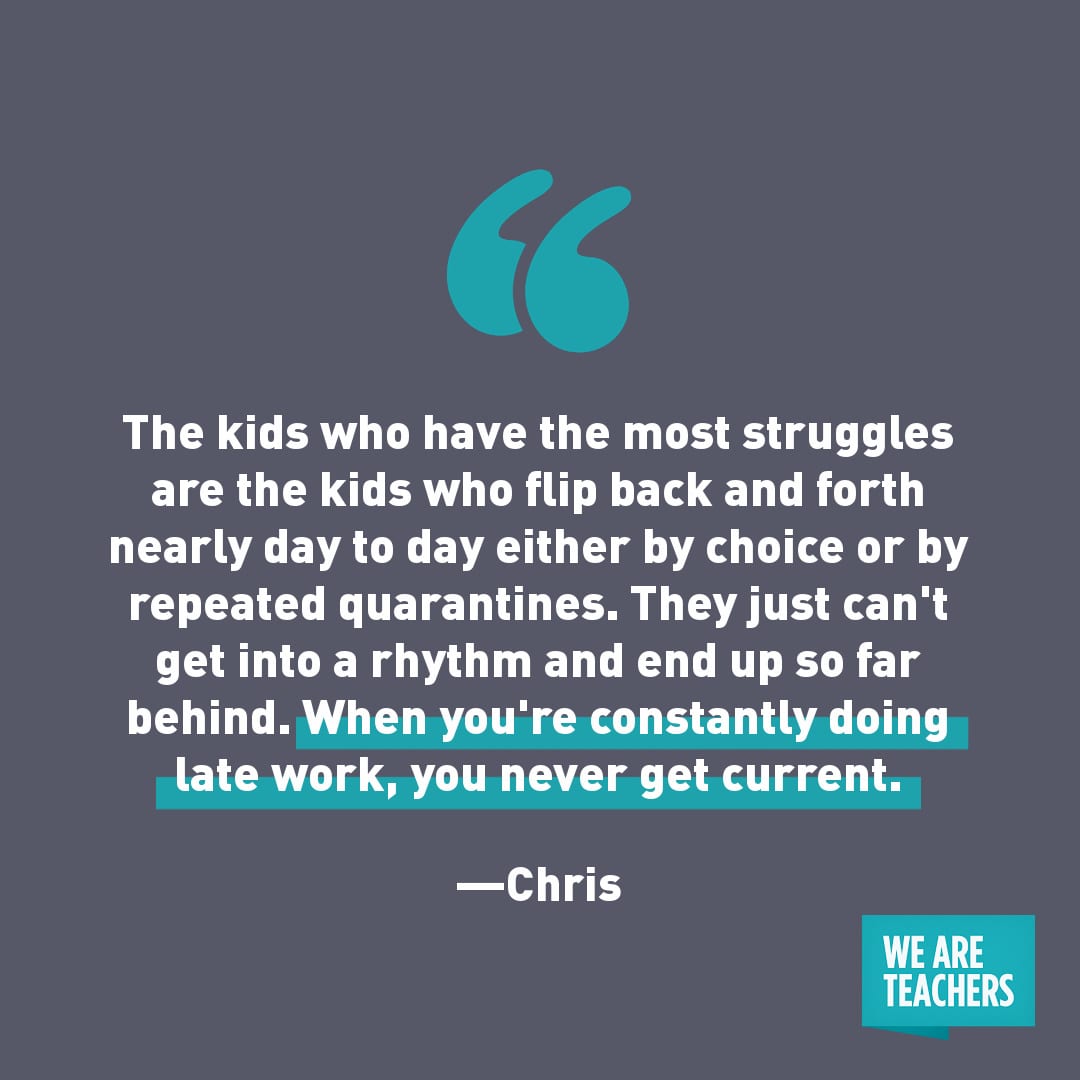
Our biggest takeaway:
We can’t control whether our students are learning in person or online. But we can keep showing up for them and prioritizing relationships over rigor. We ask our students how they are doing, and when they answer, we can listen and show them that we’re here for them, no matter what.
What are you doing to support remote learners? Share in our WeAreTeachers HELPLINE group on Facebook.
Plus, 7 Things All Kids Deserve In Remote Learning.
